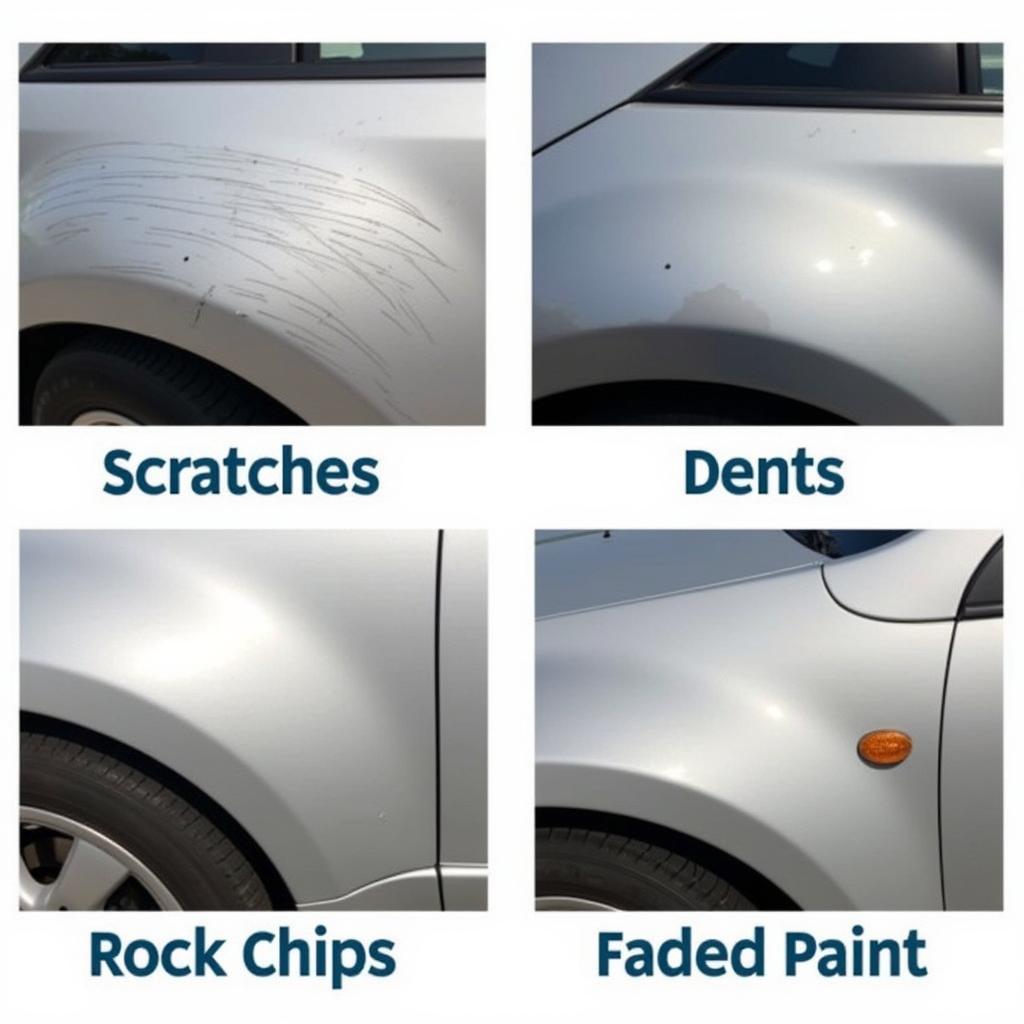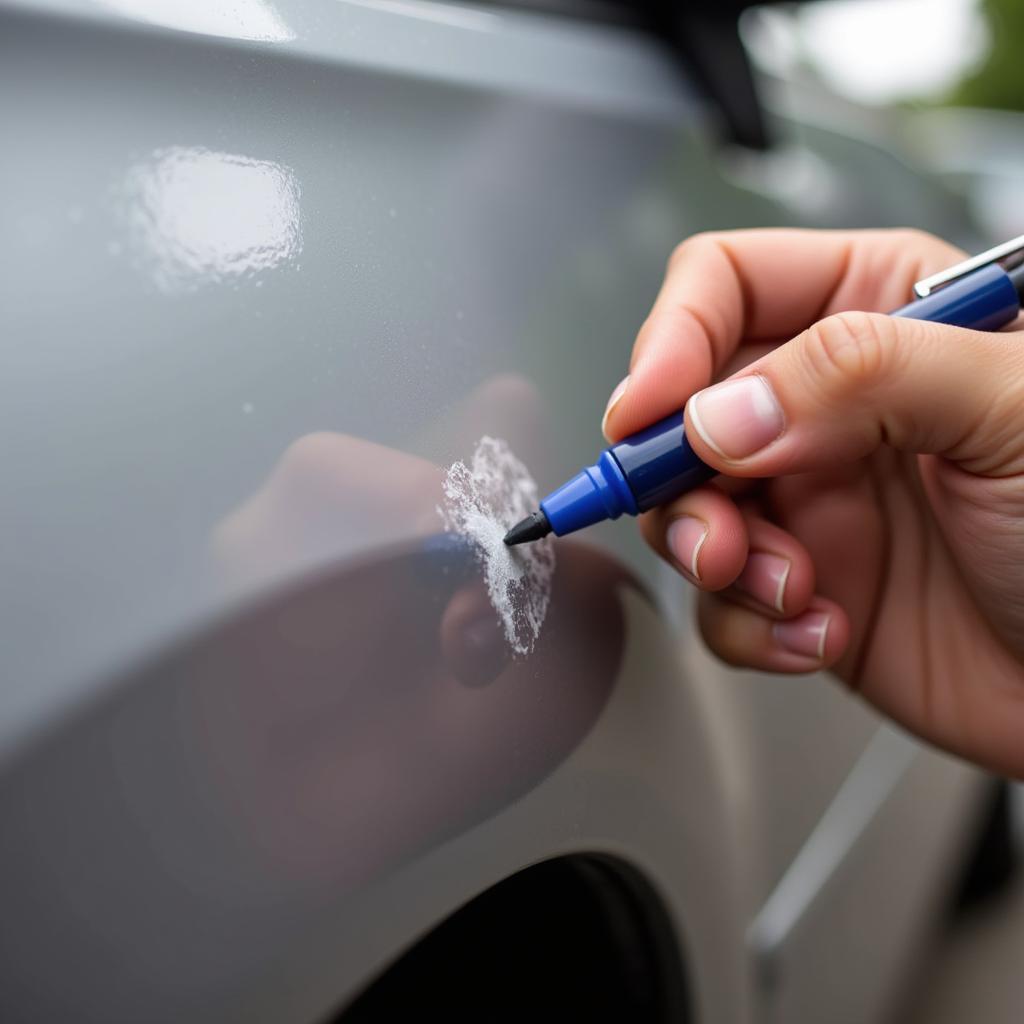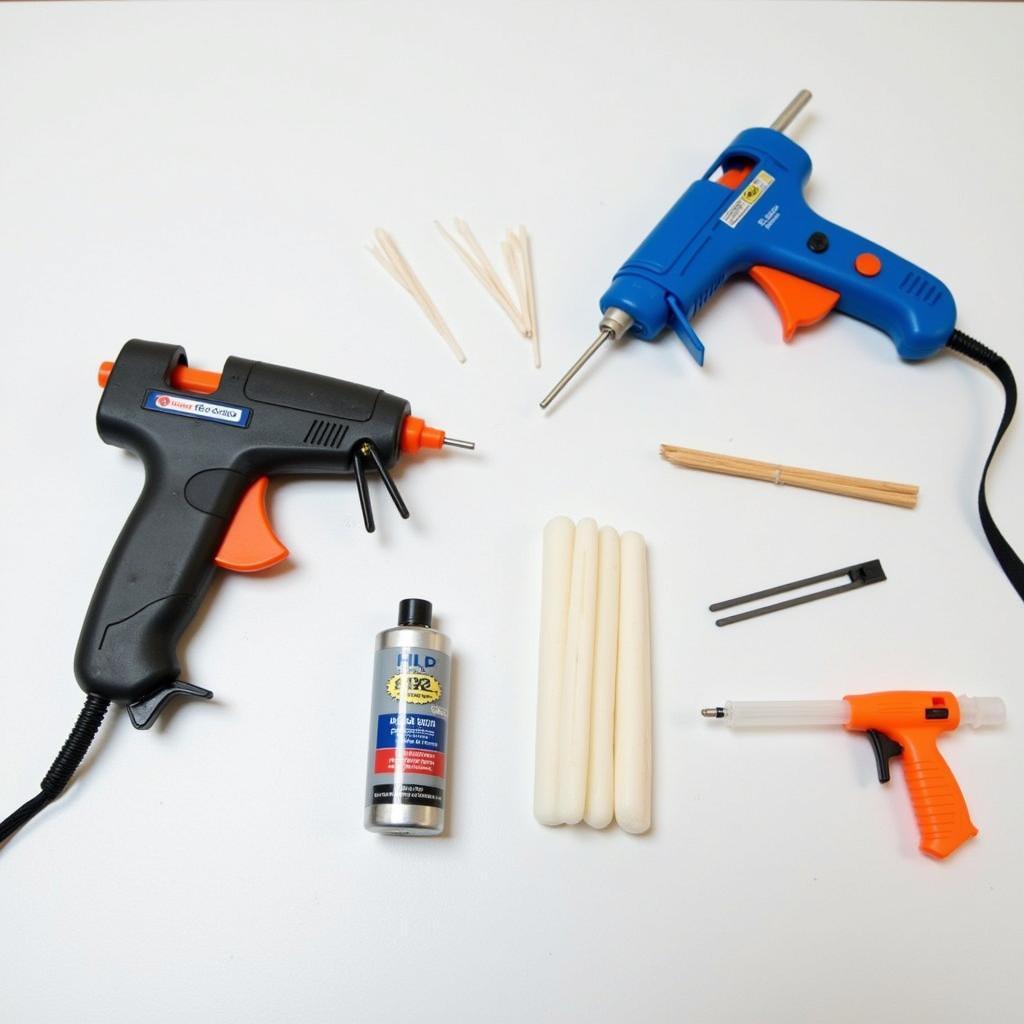Paint damage on your car is a common issue, especially if you’re a daily driver. It can be caused by a variety of things, such as scratches, dents, and even rock chips. While some paint damage can be fixed with a simple touch-up, more severe damage will require professional help. In this article, we’ll go over some common paint damage repair techniques, along with some tips to help you get the best results possible.
Assess the Damage
Before you start any paint repairs, it’s important to assess the damage. This will help you determine the best course of action. Start by cleaning the area around the damage. You can use a mild soap and water solution, or a specialized car wash product. After the area is clean, inspect it carefully to determine the extent of the damage.
Types of Paint Damage
- Scratches: These are superficial marks on the car’s paint surface. They are usually caused by something like a key or a nail.
- Dents: These are depressions in the car’s body panel. They can be caused by a variety of things, such as a door ding or a hail storm.
- Rock Chips: These are small chips or pits in the car’s paint surface. They are caused by small stones or debris that hit the car while driving.
- Faded Paint: This occurs when the clear coat on the car’s paint becomes damaged. This is often caused by exposure to the sun.
 Types of Car Paint Damage
Types of Car Paint Damage
Minor Paint Damage Repairs
Touch-Up Paint
For minor scratches and rock chips, touch-up paint can be a quick and easy fix. Touch-up paint comes in a small bottle or pen that contains the same color as your car’s paint. Here’s how to apply it:
- Clean the area around the damage.
- Use a fine-grit sandpaper to roughen up the area around the damage.
- Apply a small amount of touch-up paint to the damage, making sure to fill in all of the nicks and scratches.
- Allow the paint to dry completely.
- Once the paint is dry, use a fine-grit sandpaper to smooth out any rough edges.
- Apply a coat of clear coat to protect the touch-up paint.
Using a Paint Pen
For smaller scratches, a paint pen can be a good option. The pen will typically come with a small brush that allows you to apply the paint precisely. Here’s how to use it:
- Clean the area around the scratch.
- Shake the pen vigorously to mix the paint.
- Apply the paint to the scratch using the brush.
- Allow the paint to dry completely.
- You may need to apply several coats of paint to cover the scratch.
 Applying Touch-Up Paint to Car Scratch
Applying Touch-Up Paint to Car Scratch
Using a Car Wax
For minor scratches and swirls, using car wax can help to temporarily improve the appearance. Here’s how to do it:
- Clean the area around the damage.
- Apply a thin coat of car wax to the area around the damage.
- Buff the area with a clean microfiber cloth.
DIY Dent Removal
For minor dents, there are a few DIY methods you can try. However, for more severe dents, it’s best to take your car to a professional.
Using a Dent Puller
A dent puller is a tool that can be used to pull out dents from your car’s body panel. You can purchase a dent puller at most auto parts stores. Here’s how to use it:
- Clean the area around the dent.
- Use a rubber mallet to tap the area around the dent to loosen it.
- Place the dent puller over the dent and pull.
- Be careful not to pull too hard.
Using a Glue Stick
A glue stick method uses specialized glue and a tab that you attach to the dent. The glue is then heated and pulled to remove the dent. Here’s how it works:
- Clean the area around the dent.
- Apply the glue stick to the dent.
- Attach the pull tab to the glue stick.
- Heat the glue stick with a heat gun.
- Once the glue is hot, pull the tab.
 DIY Dent Removal Tools for Cars
DIY Dent Removal Tools for Cars
Severe Paint Damage Repair
For severe paint damage, it’s best to take your car to a professional body shop. They have the tools and expertise to fix the damage properly. Professional paint repairs include:
- Bodywork: This is the process of repairing any damage to the car’s body panel. This may involve using a hammer and dolly to straighten out the panel, or using filler to repair any holes or cracks.
- Painting: This is the process of applying new paint to the car’s body panel. This may involve sanding the existing paint, priming the panel, and then applying multiple coats of paint.
Tips for Paint Damage Repair
- Clean the area: Before you start any repairs, make sure to clean the area around the damage. This will help to prevent any dirt or debris from getting into the paint.
- Use high-quality materials: For touch-up paint, use high-quality touch-up paint that matches your car’s paint code.
- Use multiple thin coats: It’s better to apply multiple thin coats of paint rather than one thick coat. This will help to ensure that the paint dries evenly.
- Sand lightly: When sanding, use a fine-grit sandpaper. Too much pressure can damage the paint.
- Protect the paint: Once the repairs are complete, protect the paint with a coat of wax or sealant. This will help to prevent future damage.
“I always recommend that car owners first assess the damage before attempting to fix it themselves,” says John Smith, a certified auto body technician with over 20 years of experience. “If the damage is too severe, it’s best to take your car to a professional body shop.”
FAQ
Q: Can I use regular paint for touch-ups?
A: No, you should use a special touch-up paint that matches your car’s paint code.
Q: How do I find the right paint code?
A: The paint code is typically found on a sticker inside the car’s door jamb or engine compartment.
Q: What happens if I use the wrong color paint?
A: If you use the wrong color paint, the touch-up will be noticeable. It can also be difficult to remove the wrong paint without damaging the underlying paint.
Q: How do I know if a dent is minor or major?
A: If the dent is small and shallow, it’s likely a minor dent. If the dent is large or deep, it’s likely a major dent.
Q: How can I prevent paint damage?
A: You can help to prevent paint damage by parking your car in a garage, washing it regularly, and avoiding harsh chemicals.
Conclusion
Whether you’re dealing with minor scratches, dents, or faded paint, there are ways to fix the damage. However, if the damage is severe, it’s best to take your car to a professional body shop. They will have the experience and tools to get your car looking its best.
For professional paint damage repair and more, contact AutoTipPro at +1 (641) 206-8880. We’re here to help you get your car back on the road in no time!






Leave a Reply